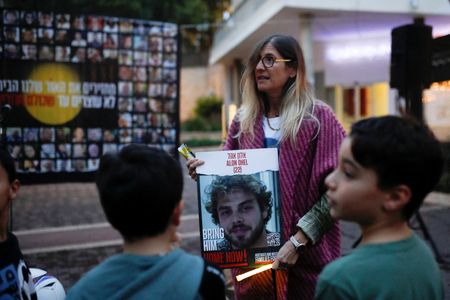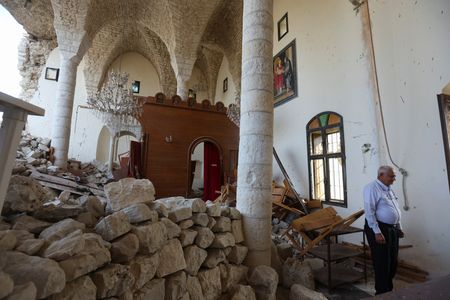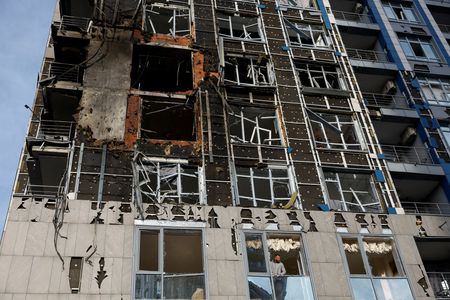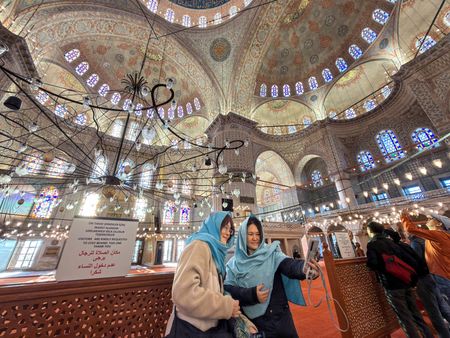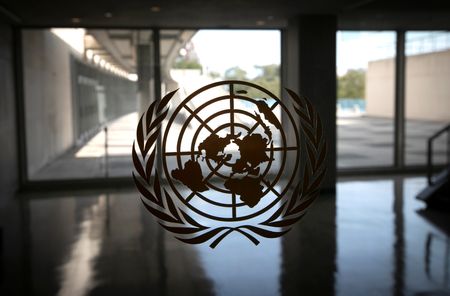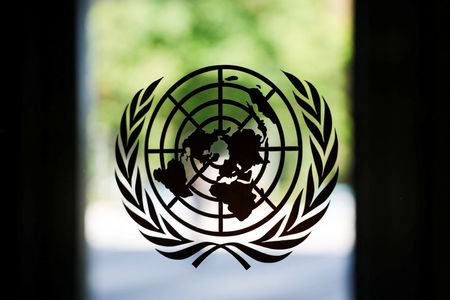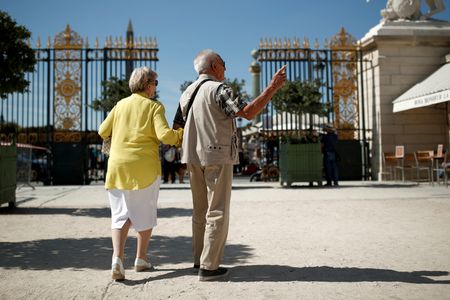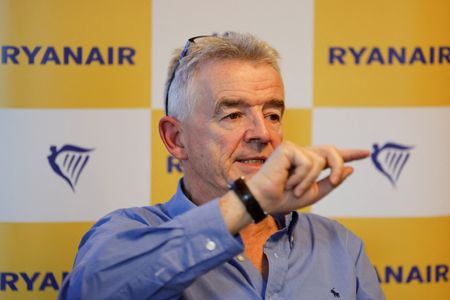By Michal Yaakov Itzhaki and Maayan Lubell
TEL AVIV (Reuters) – Nearly 500 days after Hamas gunmen seized him from a roadside bomb shelter in southern Israel, Alon Ohel managed to get a message out from the Gaza tunnel where he is being held by the Palestinian militants.
He sent a birthday wish for his sister via two other hostages who had been held with him and were freed on Saturday, his mother Idit Ohel said.
She is overjoyed to know her son is alive but has been unable to sleep now she knows the conditions of his captivity.
“Alon has been in the tunnels all this time,” Ohel told Reuters in an interview. “(He) hasn’t seen sunlight, doesn’t know the difference between day and night, has gotten little food – about one (piece of) bread a day.”
Ohel, a pianist, turned 24 on Monday. He was wounded by a grenade thrown into the bomb shelter where he had taken cover with almost 30 people on October 7, 2023 as they fled the attack led by Hamas gunmen on a music party.
“He cannot see in his right eye because of the shrapnel,” Ohel said. “And there are shackles on his legs.”
Those details were relayed to her by an army officer on Sunday from Or Levy and Eli Sharabi who were released on Saturday with another hostage, Ohad Ben Ami.
Their gaunt, pale and skeletal appearance shocked Israel. They looked in worse condition than most of the 18 other hostages freed since a ceasefire between Israel and Hamas began on January 19.
Ofer Kalderon, 54, released on February 1 said in a statement on Monday that he was held in tunnels, saw no daylight, received little food and was not allowed to shower.
The mother of Romi Gonen, released on January 19, told Reuters her daughter had lost around 10 kg (22 pounds) and did not see daylight in captivity.
“There was food and they didn’t get food,” said Meirav Leshem Gonen.
Israel has rejected suggestions that hostages are deprived of food because of the humanitarian crisis in Gaza, brought on by its military offensive launched after the Hamas-led attack.
Reuters could not reach Hamas’ armed wing for comment. The group said on January 25 it protects its captives’ wellbeing.
CONDITIONS IN CAPTIVITY
The conditions hostages are held in may have worsened since Israel carried out a military operation on June 8, 2024, in which four hostages were rescued from apartments in central Gaza and up to 210 Palestinians were killed.
In response, Hamas took more hostages into tunnels, one Israeli military official said. Abuse of male hostages increased, two security officials said.
On July 3, 2024, Islamic Jihad, which is allied with Hamas and also holds Israeli hostages, said it was worsening captives’ conditions in response to the June 8 operation and to reported abuse of Palestinians held in Israeli detention.
Rights groups have reported grave abuses of Palestinians in Israeli detention since the Gaza war began. Israel’s military is investigating several cases but rejects allegations of systematic abuse in its detention facilities.
In December, an Israeli Health Ministry report said hostages in Gaza had been subjected to torture, sexual abuse, starvation, burns and medical neglect.
Alon Ohel is not on the list of 33 hostages slated for release in the six-week first phase of the ceasefire, which is looking fragile even before the next phase has been agreed.
“He knows how to survive. He knows, but this is not right. He does not have enough time,” his mother said in tears. “He has to come home alive. Please, bring him home.”
(Writing by Maayan Lubell, Editing by Timothy Heritage)

